Does PowerG Prevent RF Jamming?
Yes, PowerG prevents RF jamming. PowerG Sensors use a technique known as Frequency Hopping Spread Spectrum (FHSS) to overcome any RF jamming attacks that could prevent other wireless sensors from communicating properly. This is one reason why PowerG Sensors are extremely reliable.

RF jamming, which is also known as radio jamming, refers to any technique that intentionally prevents wireless communication from taking place. When a wireless sensor communicates with an alarm panel, it does so at a certain wireless radio frequency (RF). If an intruder knows this wireless frequency, they can potentially jam the receiver with a stronger signal on the same frequency and block the sensor signals from reaching the panel. By doing this, the system won't know when these sensors are faulted. This can allow them to enter the building without activating the system. For example, if someone successfully blocks the wireless transmission from a wireless door sensor, then the door can be opened without the security system finding out. This basically defeats the entire alarm system.
Frequency Hopping Spread Spectrum (FHSS) was originally designed for military use. The technique helps military personnel overcome potential RF jamming techniques used by enemies. However, this technique also works quite well for residential and business security systems. When using FHSS, the RF bandwidth is essentially divided into multiple channels. Each frequency channel represents a unique and independent radio frequency for wireless communication to take place. The transmitter (sensor) and the receiver (panel) both agree on a set of channel hopping sequences that are encrypted and dependent upon time. The transmitter and the receiver are synchronized so that they can repeatedly switch to predetermined frequency channels at the exact same time. These switches occur very rapidly. A potential intruder would never be able to re-tune a jamming device to keep up with these changes.
 The 915 MHz PowerG Sensors utilize the FHSS technique by constantly hopping between 50 different frequency channels. These frequency channels run from 912 MHz to 918 MHz. The PowerG Sensors switch frequencies 64 times per second. Even if an intruder managed to stop communication at one frequency channel, it would be next to impossible to stop them at all 50. Additionally, the next frequency channel in the sequence is set based on the encrypted communication algorithm between the sensor and the security system. Although the sequence is not technically "random", it is extremely intricate and highly secure. The PowerG Sensors communicate with the panel using 128-bit AES encryption, and the only way to break-in and determine the frequency hopping sequence is with the encryption key. The encryption key is incredibly complex, and it is only known by the sensor and the panel. The key is generated at the time of sensor enrollment using a 128-bit encryption algorithm.
The 915 MHz PowerG Sensors utilize the FHSS technique by constantly hopping between 50 different frequency channels. These frequency channels run from 912 MHz to 918 MHz. The PowerG Sensors switch frequencies 64 times per second. Even if an intruder managed to stop communication at one frequency channel, it would be next to impossible to stop them at all 50. Additionally, the next frequency channel in the sequence is set based on the encrypted communication algorithm between the sensor and the security system. Although the sequence is not technically "random", it is extremely intricate and highly secure. The PowerG Sensors communicate with the panel using 128-bit AES encryption, and the only way to break-in and determine the frequency hopping sequence is with the encryption key. The encryption key is incredibly complex, and it is only known by the sensor and the panel. The key is generated at the time of sensor enrollment using a 128-bit encryption algorithm.
The FHSS technique might sound complicated, but it's really simple if you break it down. A good analogy is when you're driving. You drive in a set lane (frequency channel). If the lane is blocked, you switch (frequency hop) to a different lane. As long as you can switch to a different lane, you can continue driving uninterrupted. And with PowerG, there are 50 lanes (frequency channels) to switch between!
As long as one signal reaches the panel across an open frequency channel, then the security system will know about a fault that has occurred. From there, the system will take proper action depending on the sensor that was faulted. And you don't need to worry about a potential intruder blocking all 50 frequency channels used by PowerG Sensors. That would require some major equipment and be next to impossible. Remember, as long as one transmission goes through, the system will respond like it is supposed to.
Did you find this answer useful?
We offer alarm monitoring as low as $10 / month
Click Here to Learn MoreRelated Products
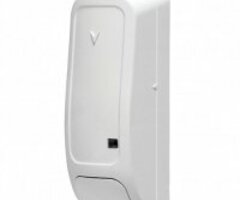



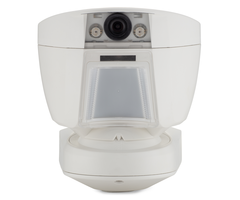
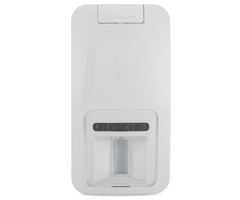

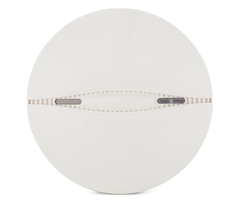
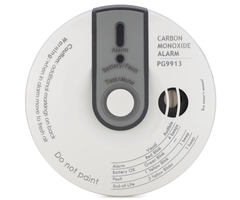
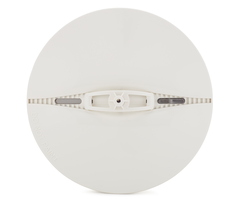


Related Categories
- PowerG Door & Window Security Sensors
- PowerG Products
- PowerG Door Alarm Sensor
- PowerG Motion Sensors
- PowerG Repeaters
- PowerG Glassbreak Detectors
- PowerG Pet Friendly Motion Sensors
- PowerG Flood Sensors
- PowerG Heat Detectors
- PowerG Prox Tags
- PowerG Smoke Detectors
- PowerG PIR Motion Sensors
- PowerG Outdoor Motion Sensors
- PowerG Curtain Motion Sensors
- PowerG Image Sensors
- PowerG Shock Sensors
- PowerG Under the Desk Panic Buttons
- PowerG Medical Alert Buttons
- PowerG Panic Buttons
- PowerG Control Panels
- PowerG Key Fobs
- PowerG Environmental Sensors
- PowerG Carbon Monoxide Detectors
- PowerG Sirens
- PowerG Temperature Sensors
- Answered




















